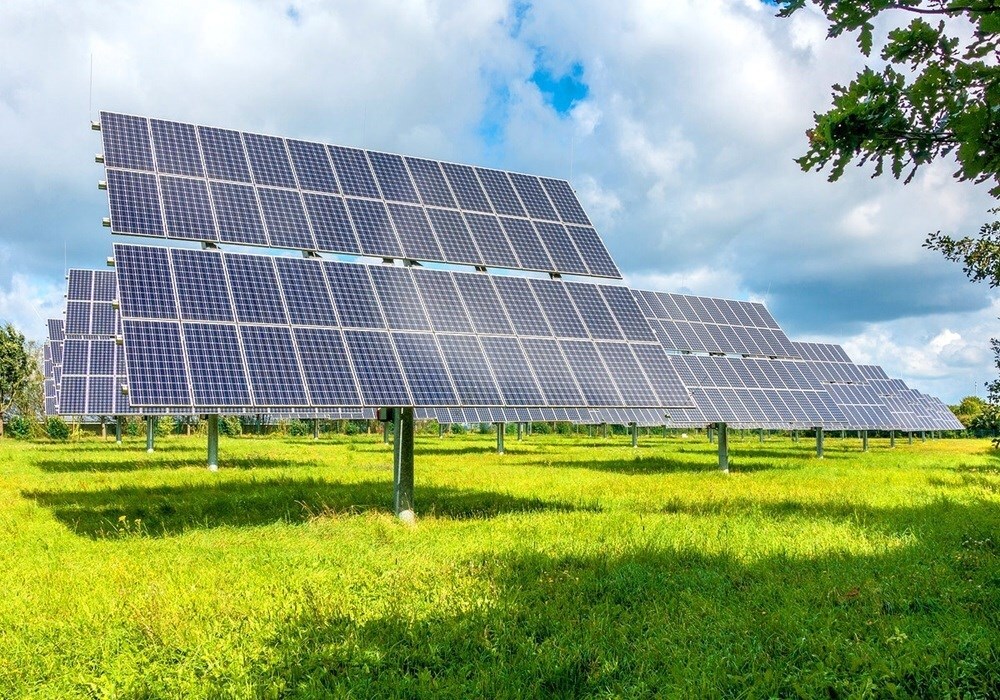

According to studies by the Council on Energy, Environment and Water (CEEW), recovering the metals and materials from abandoned solar panels could generate a circular economy of almost INR 3.7 billion (USD 444 million) by 2047.

Explore- Most accurate data to drive business decisions with 50+ reports across the value chain
The research states that recycling of key materials such as aluminium, silicon, silver, and copper from old solar modules could meet up to 38 per cent of the raw material demand for India’s solar manufacturing sector. Simultaneously, it could reduce 37 million tonnes of carbon emissions by minimising reliance on virgin inputs.
At present, India’s solar recycling industry is still at the developmental stage, with only a few commercial recyclers in operation. The twin CEEW reports outline the country’s first blueprint for building a solar waste management and recycling network that aligns with India’s renewable energy and self-reliant growth targets.
By 2047, India’s solar installations are projected to generate over 11 million tonnes of waste, mostly from crystalline-silicon panels. Apt management of the waste would need 300 recycling units nationwide and an estimated investment of INR 4.200 crore (USD 504 million), the reports stated.
“India’s solar revolution can power a new green industrial opportunity. By embedding circularity into our clean energy systems, we can recover critical minerals, strengthen supply chains, and create green jobs — while turning potential waste into lasting value,” said Rishabh Jain, Fellow, CEEW, adding that “building this circular economy is crucial for India’s resilient and responsible growth.”
Conventional solar energy component recycling is financially unviable. The conventional process can incur a loss of INR 10,000-12,000 (USD 120 to USD 144) per tonne, mostly due to the exorbitantly high price of purchasing discarded panels, which accounts for nearly two-thirds of overall expenses.
For recycling operations to break even, panel prices would need to fall below INR 330 (USD 3.96) each, which currently stands at INR 600 (USD 7.20) each or recyclers would require policy support through Extended Producer Responsibility (EPR) certificate trading, fiscal incentives, and R&D investments to improve recovery rates of high-value materials such as silicon and silver.
Read More: India’s solar revolution finds its next frontier in Rajasthan’s 2.45 GW mega park
The reports propose several measures to establish a national recycling framework. These include setting EPR-based collection and recovery targets under the E-Waste (Management) Rules, 2022; creating a Circular Solar Taskforce under the Ministry of New and Renewable Energy (MNRE) to coordinate efforts across policy, finance, and industry and developing a centralised solar inventory to identify waste hotspots and improve data sharing between producers and recyclers.
According to CEEW, these efforts are pushing India’s transition towards a resource-efficient, sustainable and self-reliant renewable energy ecosystem, where solar waste becomes a driver of long-term economic and industrial growth.
Must read: Key industry individuals share their thoughts on the hottest topics
Responses








